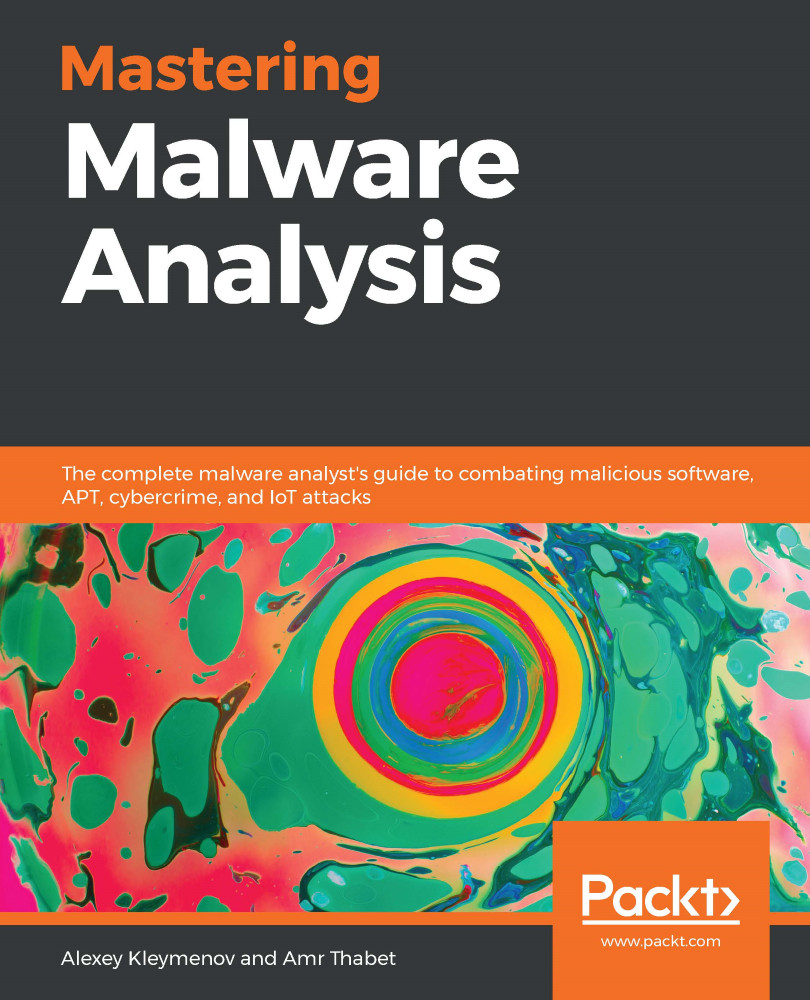Before diving into the malware world, we need to have a complete understanding of the core of the machines we are analyzing malware on. For reverse engineering purposes, it makes sense to focus largely on the architecture and the operating system it supports. Of course, there are multiple devices and modules that comprise a system, but it is mainly these two that define a set of tools and approaches used during the analysis. The physical representation of any architecture is a processor. A processor is like a heart of any smart device or computer in that it keeps them alive.
In this chapter, we will cover the basics of the most widely used architectures, from the well-known x86 and x64 Instruction Set Architectures (ISAs) to solutions powering multiple mobile and Internet of Things (IoT) devices that are often misused by malware...


